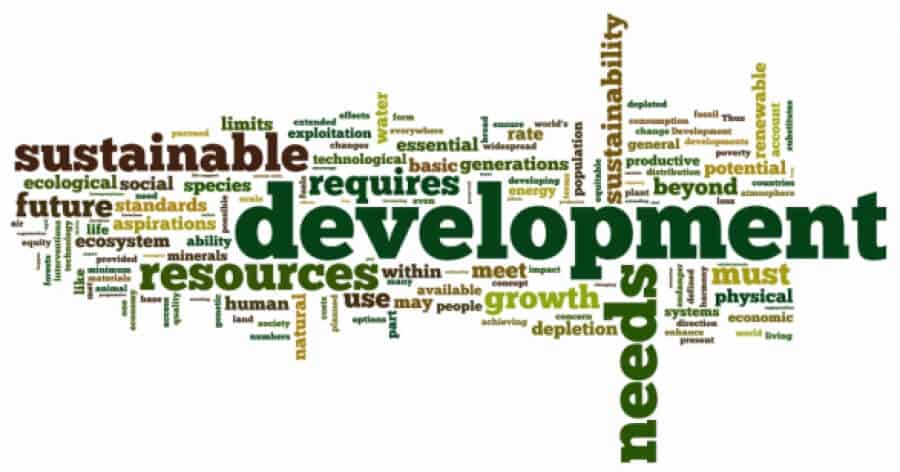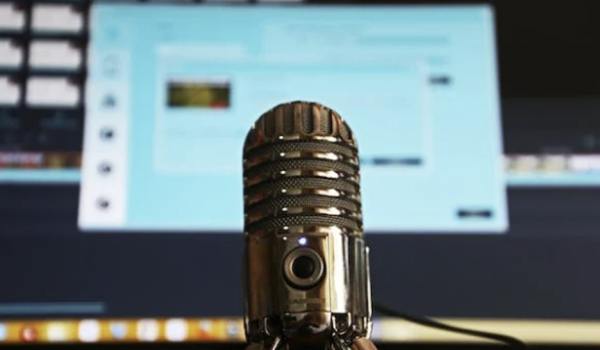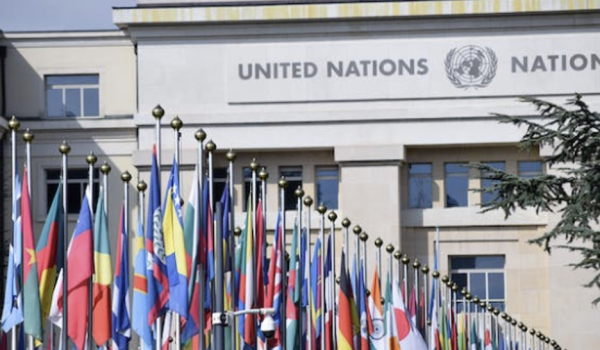As the Millennium Development Goals (MDGs) will expire in 2015, the race is on to finalize a new global framework of Sustainable Development Goals (SDGs) in time for September’s UN General Assembly.
As mentioned by Youth Economic Opportunities, the civil society and celebrities joined the launching of the “Action 2015” campaign, where they agreed that, “the actions we take in 2015 will decide which way the world turns for decades to come.”
The need of youth inclusion in the emerging framework is apparent, for both a process and a product that give youth a meaningful say, and would ultimately encourage policies, investments, and data collection to better serve the needs and interests of today’s and tomorrow’s generations of youth who together account for more than half of the world’s population. Youth put good education, better healthcare and job opportunities, an honest and responsive government and food security at the top of their list.
Ban Ki-moon, Secretary General of the UN, released his own synthesis report The Road to Dignity by 2030: Ending Poverty, Transforming All Lives and Protecting the Planet claiming, “Young people will be the torch bearers of the next sustainable development agenda through 2030,” and, “Today, more than ever, the realities of 1.8 billion youth and adolescents represent a dynamic, informed, and globally connected engine for change. Integrating their needs, rights to choice and their voices in the new agenda, will be a key factor for success.”
Studies and statistics show that while youth unemployment and inadequate education make headlines, limited opportunities or weak status in other respects largely go unnoticed. The UN member state-driven Open Working Group (OWG) submitted to the Secretary General its final proposed Sustainable Development Goals, comprising 17 goals with 169 targets, which don’t have a stand-alone “youth goal.”
“Youth” or “young people” are explicitly included in just 3 of the 17 goals, in 6 of the 169 targets: 2 under the proposed goal on education (goal 4), 3 under the proposed goal on employment (goal 8), and 1 under the goal for climate change governance (goal 13). In addition, adolescent girls are explicitly targeted in goal 2 (2.2) regarding nutrition.
Support us!
All your donations will be used to pay the magazine’s journalists and to support the ongoing costs of maintaining the site.
Share this post
Interested in co-operating with us?
We are open to co-operation from writers and businesses alike. You can reach us on our email at [email protected]/[email protected] and we will get back to you as quick as we can.









